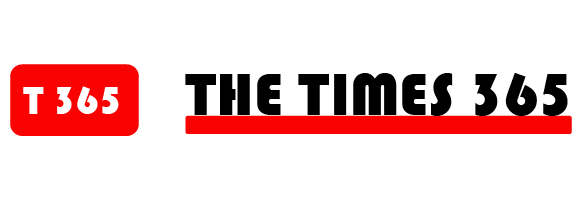Before discussing how to calculate the number of properties needed to replace your current income, understand that retirement is not a one-time event. Retirement requires rental income that will enable you to maintain your current standard of living for the rest of your life.
How Many Properties Do You Need?
If there is no inflation, the number of properties you need to replace your current income is easy to calculate. For example, if your current income is $9,000 per month and each rental property nets $300 per month, you need 30 properties ($9,000/$300 = 30 properties).
However, the reality is that there will be inflation. For the following example, I will assume that the average inflation will be 5% and the rent growth rate will be 2%. Under these conditions, how will your future rental income compare to the buying power of $9,000 today?
I will calculate the present value (inflation-adjusted) buying power in years five, 10, and 15 using this formula:
- FV = PV x (1 + r)^n / (1 + R)^n
Where:
- R: Annual inflation rate %
- r: Annual appreciation or rent growth %
- N: The number of years into the future
- PV: The rent or price today
- FV: The future value in today’s dollar value
Calculating the future buying power:
- After five years: $9,000 x (1 + 2%)^5 / (1 + 5%)^5 = $7,786.
- After 10 years: $9,000 x (1 + 2%)^10 / (1 + 5%)^10 = $6,735.
- After 15 years: $9,000 x (1 + 2%)^15 / (1 + 5%)^15 = $5,826.
Since rents don’t keep up with inflation, your purchasing power will decrease over time, forcing you back into the job market.
But what if you invest in a location where rents increase faster than inflation? For example, suppose you buy in a city where rents rise 7% and inflation is 5%. How will future rental income compare to the buying power of $9,000 today?
- After five years: $9,000 x (1 + 7%)^5 / (1 + 5%)^5 = $9,890
- After 10 years: $9,000 x (1 + 7%)^10 / (1 + 5%)^10 = $10,869
- After 15 years: $9,000 x (1 + 7%)^15 / (1 + 5%)^15 = $11,944
Because rents increase faster than inflation, you’ll have the additional income required to cover rising costs in the future. This will enable you to maintain your current standard of living.
The next question to address is: How much cash from your savings will be needed for the down payment on 30 properties?
It Depends on Appreciation
Suppose you buy property in a city with low prices. Prices are low because of limited demand over several previous years. I will assume that each property costs $200,000, and you will have a 25% down payment.
The cash from your savings for the down payments on 30 properties will be:
- 30 properties x ($200,000 x 25%)/Property = $1,500,000
Accumulating $1.5 million in after-tax savings will be challenging for most. However, there is a way to acquire 30 properties at only a fraction of the capital.
Suppose you buy in a city with significant, sustained population growth, which resulted in rapid appreciation. In the following example, I will assume an average appreciation rate of 7% and that each property costs $400,000 due to higher demand.
Assuming a 25% down payment, the cash from your savings for the first property will be:
- $400,000 x 25% = $100,000
Because the value of the property is rapidly increasing, you can use a cash-out refinance for the down payment on your next property. For example, assume the appreciation rate is 7%, you will use a 75% cash-out refinance, and the current mortgage payoff is $300,000. How many years will it take to have net proceeds of $100,000?
The formula I will use is:
Net Cash = PV x (1 + r)^n – mortgage payoff
- After year 1: $400,000 x (1 + 7%)^1 x 75% – $300,000 = $21,000
- After year 2: $400,000 x (1 + 7%)^2 x 75% – $300,000 = $43,470
- After year 3: $400,000 x (1 + 7%)^3 x 75% – $300,000 = $67,513
- After year 4: $400,000 x (1 + 7%)^4 x 75% – $300,000 = $93,239
- After year 5: $400,000 x (1 + 7%)^5 x 75% – $300,000 = $120,766
So, after about five years, the net proceeds will be enough for the down payment on the next property. Growing your portfolio using a cash-out refinance greatly reduces the amount you pull from your savings.
Final Thoughts
If you buy in a city with slow rent growth and appreciation:
- Properties will cost less.
- Your inflation-adjusted income will continuously decline due to rents not keeping pace with inflation, and you will be forced to get a job or keep buying more properties.
- All investment dollars must come from your savings.
If you buy in a city with rapid rent growth and appreciation:
- Properties will cost more.
- Increasing rents will offset the effects of inflation, enabling you to maintain your standard of living.
- You can use cash-out refinancing to acquire additional properties, requiring far less capital from your savings.
Ready to succeed in real estate investing? Create a free BiggerPockets account to learn about investment strategies; ask questions and get answers from our community of +2 million members; connect with investor-friendly agents; and so much more.
Note By BiggerPockets: These are opinions written by the author and do not necessarily represent the opinions of BiggerPockets.







